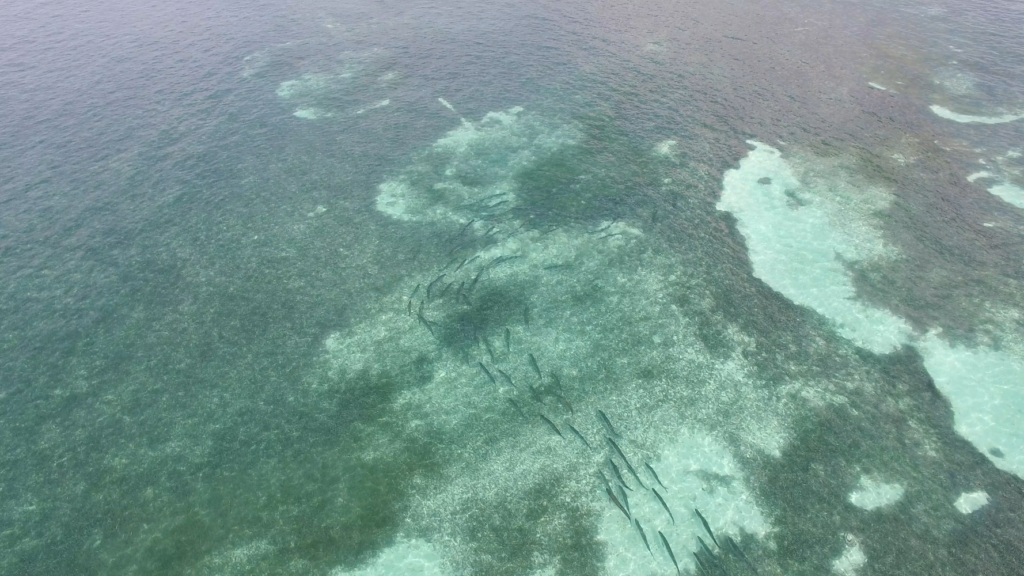Since our early years, Bonefish & Tarpon Trust has focused on research that teaches us about what is needed by each life stage of bonefish, tarpon, and permit to create healthy populations. This is why we’ve put so much effort and funding into studies that are identifying bonefish Pre-Spawning Aggregation locations, and working to get those locations protected. It’s why we are the world’s leaders in research, conservation, and restoration of juvenile tarpon habitats. This is also why BTT invested so much to work with colleagues at the University of Massachusetts Amherst to formulate the Tarpon Acoustic Tagging Project, and to fully fund this five-year effort. As we understand the requirements of each life stage of our species, we apply this information to conservation and management.
The most recent findings of the multi-year tarpon tracking project fill an important knowledge gap about tarpon migrations. Previous results from this and previous projects have demonstrated that tarpon are capable of long-distance migrations, such as Key West to Virginia. That information has already been applied to conservation measures for which BTT advocated, such as tarpon being declared catch-and-release-only in North Carolina.
The newest information from the Tarpon Acoustic Tagging Project shows that adult tarpon migrations to and from Florida split the population into two sub-groups. Mixing in the Florida Keys during spawning season, one subgroup of tarpon migrates along the eastern US coast; the other subgroup migrates along the Gulf of Mexico coast as far as the Mississippi Delta. (Preliminary data from another study suggest that a third subgroup occurs west of the Mississippi Delta). These results further support BTT’s pursuit of a regional plan for tarpon management, and highlight the need for attention to water quality and habitat management along these migratory routes. In other words, every angler from Florida to Virginia shares the same portion of the total tarpon population, so should be concerned about local conservation needs (like polluted water) as well as regional needs (like getting catch-and-release regulations enacted in all states.)
“Our scientific focus on understanding the life cycle needs of our species, coupled with our collaboration with guides and anglers, makes BTT unique in the conservation world, said BTT’s Director of Science and Conservation, Dr. Aaron Adams, “and it’s a big reason why we have been so effective.”
Click here to learn more about the most recent results from this important study.




